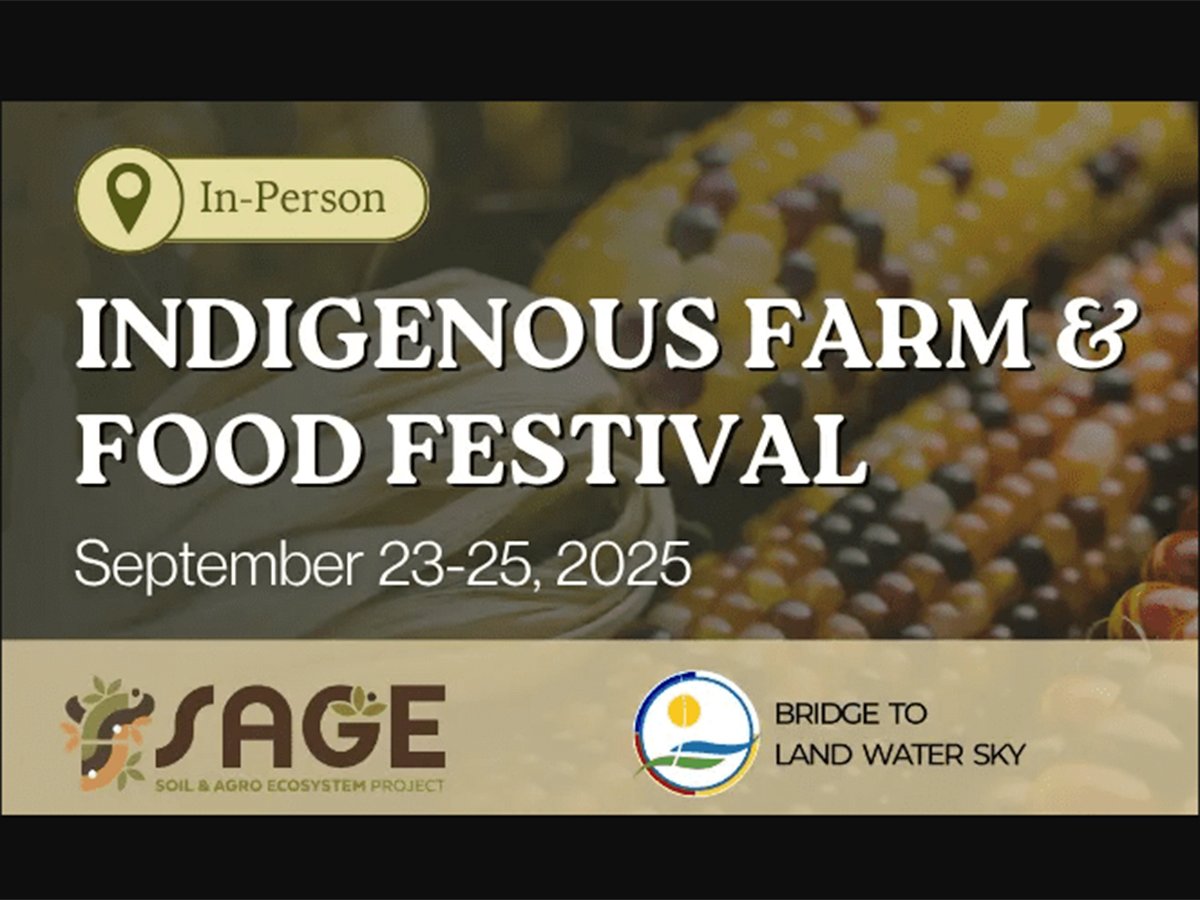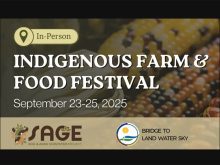The idea of cost of production is certainly nothing new to farmers.
However, given the price cycles of inventory and inputs recently, there seems to be increased interest about cost of production in the industry. Helping farmers gain a better understanding of what their cost of production is and how it should factor into management decisions is important.
Cost of production per unit is the cost associated with production divided by the number of units produced, whether they are bushels, hundredweight, litres or pounds.
Many farmers tend to think about their cost of production in terms of acres, but the key words are actually “per unit.”
Read Also

Finding the sweet spot where ag science meets ag culture
Soon, many will look at practices such as seeding marginal acres to forage, growing cover crops and livestock integration and ask why they didn’t do this sooner.
Allocating expenses is fundamental to calculating margins over cost of production. A grain farmer with only one crop will have a relatively straightforward calculation. However, most farmers have more than one crop, and the calculations become complicated once livestock and other enterprises such as custom trucking or spraying are added.
Unfortunately, most accounting statements are not presented in a format that provides much assistance when working through a cost of production exercise.
Revenue allocation can be straightforward until you consider government program allocations.
Expenses should be categorized in terms of how specific they can be allocated to any given enterprise or crop.
Inputs such as fertilizer, seed and chemical can be identified and allocated. Other operating-related costs such as fuel, repairs, custom work, supplies and labour tend to be in a greyer area.
It becomes even more challenging to associate expenses related to overhead and administration of the farm, such as interest, amortization, professional fees, utilities and insurance.
Some of these expenses, such as fuel, can be tracked accurately, but it can be a painstaking process. Other expenses will always require a significant degree of estimation.
Before embarking on a time consuming exercise of confidently allocating these expenses, you must determine the degree of accuracy desired and then design the processes accordingly.
Farmers who calculate their cost of production often only analyze margins required to cover expenses for items for which they write cheques.
How should you determine what margins would be required to provide an appropriate return to ownership and management? Returns to management over cost of production often equate to living cost withdrawals. The problem with this method is the adequacy of the withdrawals. Consider asking yourself what you would have to pay to have someone with the appropriate skill set and experience manage your farm. The cost will likely be more than what is taken as drawings.
After having factored your management expenses into your cost of production calculation, examine return to ownership.
Most farmers do not include this expense when determining targets for margins over cost of production, but it is the return to ownership that compensates a farmer for the investment made and the risk endured.
Consider the following scenario. You spend winters in the Caribbean and golf in the summer, so you have hired a manager to run your business. But every year, after paying the manager and all production expenses, the farm breaks even. Is this a business in which you would continue to invest in? Likely not.
It can be virtually impossible to cover production related costs, let alone provide a theoretical margin to management or ownership.
However, this is a good exercise and can be helpful from a business management perspective when determining what margins are required to cover the cost of production, including returns to management and ownership.
Terry Betker is a partner with Meyers Norris Penny LLP, working out of the Winnipeg office. He is director of practice development in agriculture, government and industry. He can be reached at 204-782-8200.














